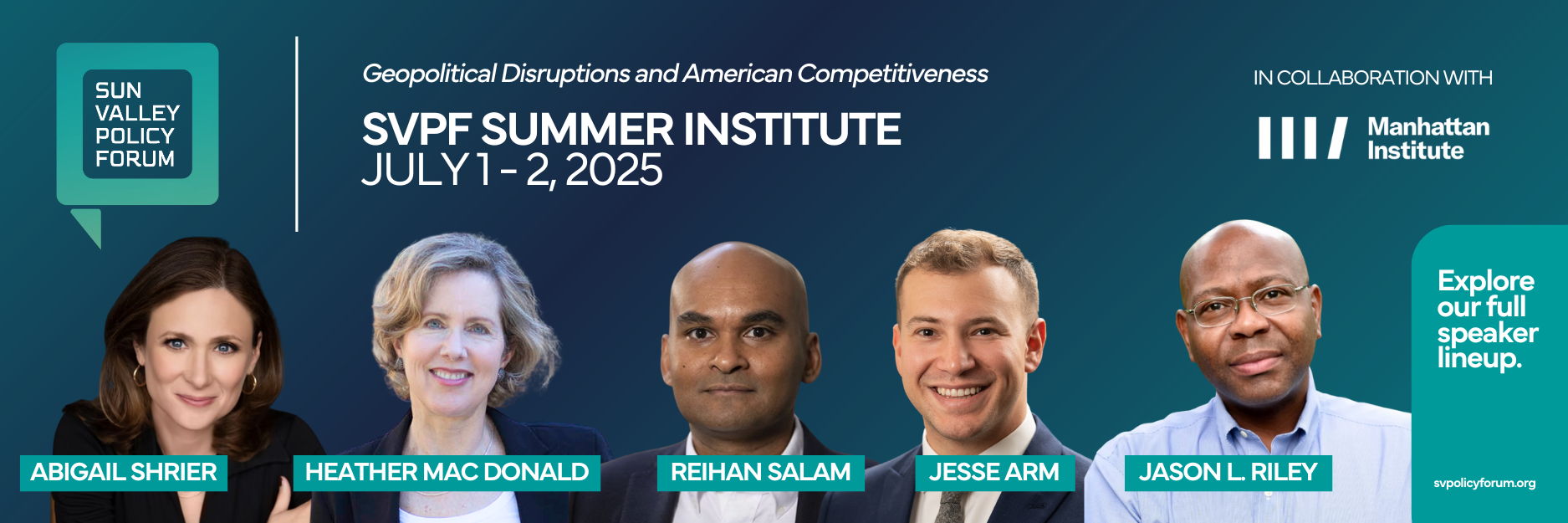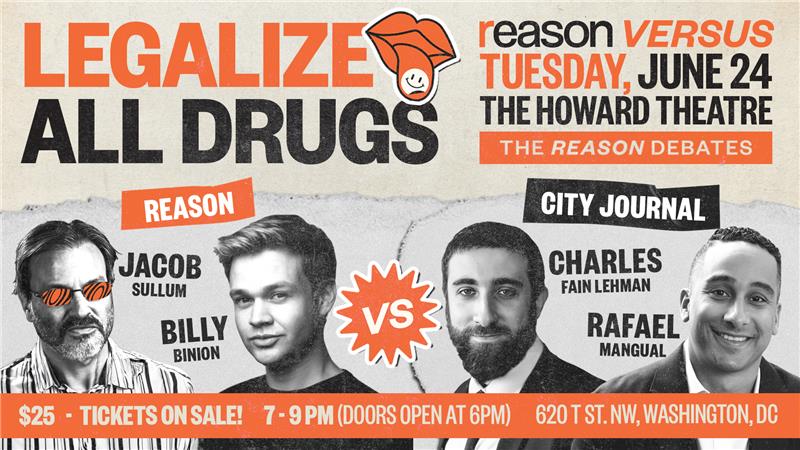- Corporate America has shifted leftward regarding topics like racial equity and climate promises.
- The shift was measured by comparing the language in S&P 500 companies' tweets with those of Democratic and Republican members of Congress.
- The increase in Democratic-leaning corporate speech correlated with the growth of assets under management in ESG funds.
- After a partisan tweet, a company's stock price decreased by about 0.3 percent.
- The study's data ends in early 2023, so the reaction to political backlash, especially against ESG and DEI initiatives, is not examined.
Corporate America has unmistakably drifted leftward over the past decade, leaving behind a trail of racial-equity statements and climate promises. A lively new academic working paper, written by finance professors William M. Cassidy and Elisabeth Kempf and released through the National Bureau of Economic Research, quantifies the change based on tweets by S&P 500 companies—and explores both the causes and the consequences of this shift.
To measure corporate partisanship, the authors statistically compare the language used in tweets of companies with that used in tweets by Democratic and Republican members of Congress. Starting in late 2017 and accelerating in 2019, the once-rare phenomenon of partisan corporate tweets picked up. The shift was driven primarily by Democratic-leaning language about topics like DEI and climate change, though Republican-leaning language also became more common.
Finally, a reason to check your email.
Sign up for our free newsletter today.
Those results are about what a casual observer would expect, though the exact timing is interesting. The 2017–2019 period begins the year after Donald Trump’s election and in between the Black Lives Matter moments of 2015 and 2020, rather than directly coinciding with a major national political development.
The authors report that “the growth of Democratic-leaning corporate speech is closely correlated with the expansion of assets under management in funds with environmental, social, and governance (ESG) objectives.” Firms with high BlackRock ownership also saw a particularly large increase after 2019, when CEO Larry Fink sent a letter encouraging corporations to dive into political controversies.
In other words, companies largely appear to be responding to direct pressure and financial incentives, as opposed to reacting to broader political developments and cultural phenomena. In addition to the overall upward trend, though, some abrupt, temporary spikes did occur around events such as the death of George Floyd in May 2020.
However, in the wake of a partisan tweet, a company’s stock price tended to decline about 0.3 percent over the next 13 days before leveling off. This effect was less severe when the partisan nature of the tweet aligned with the preferences of the industry’s investors and workers.
How does this all fit together?
The authors propose a theoretical model in which Democrats’ ESG push forced corporations to pick sides, necessarily alienating investors of one political persuasion or the other. This could explain the apparent paradox in which corporations responded to financial incentives and somehow hurt their stock. Taking the other side might have hurt their stock even more, and even staying out of the fray could have cost a company the support of ESG groups over the long run. Of course, it’s also possible that some corporations simply misjudged the tradeoffs they faced, lacked the backbone to resist pressure, or drifted left out of genuine conviction.
The study’s data end in early 2023, so the authors “cannot examine whether and how corporate speech patterns have responded to increasing political backlash, especially against ESG and DEI initiatives, as well as broader shifts in the political climate.” It remains to be seen how corporations behave in the Trump II era. Will they depoliticize, cater to the administration’s whims to the chagrin of Democratic and ESG investors—or just stay woke?
Robert VerBruggen is a fellow at the Manhattan Institute.
Photo by Erik McGregor/LightRocket via Getty Images













